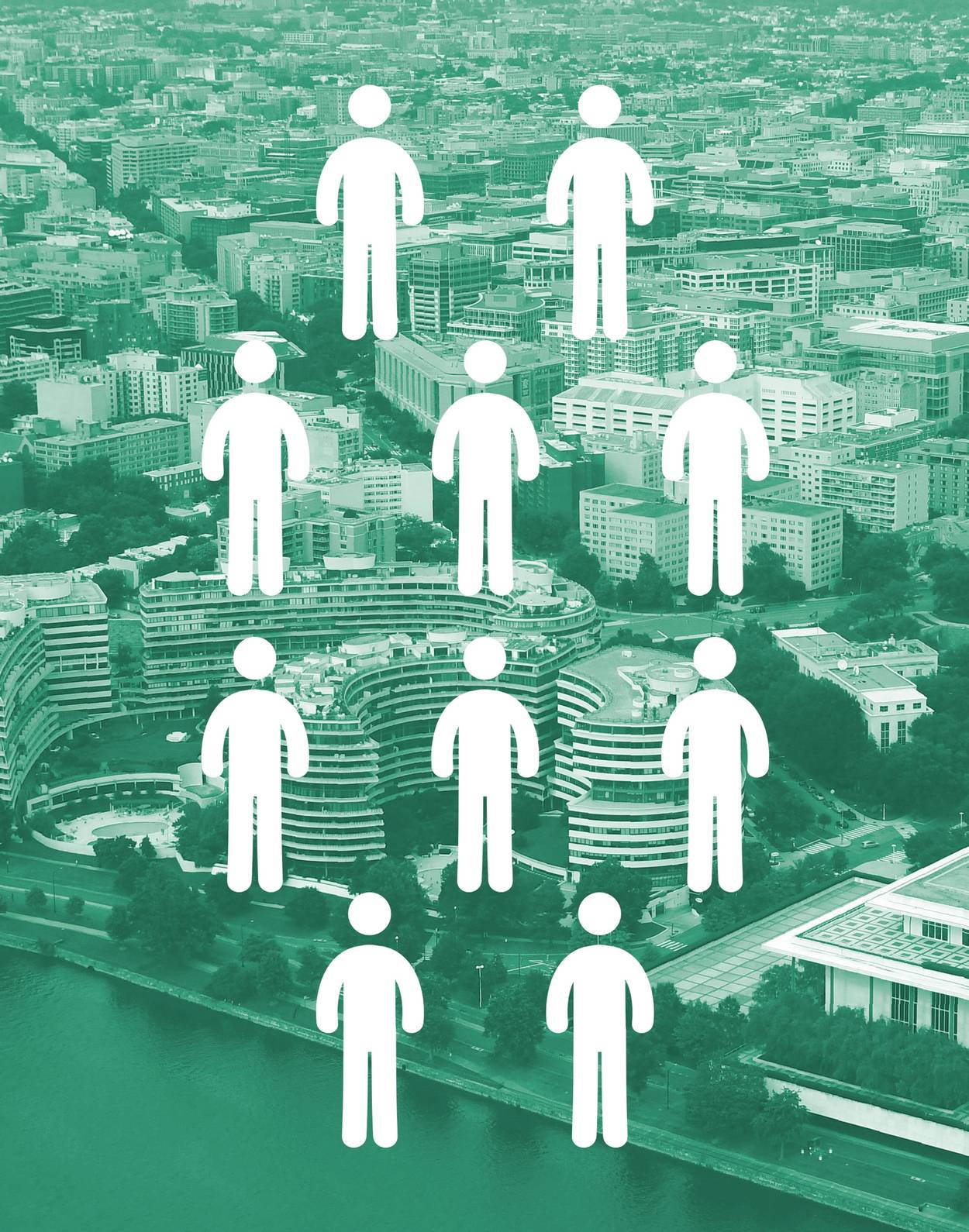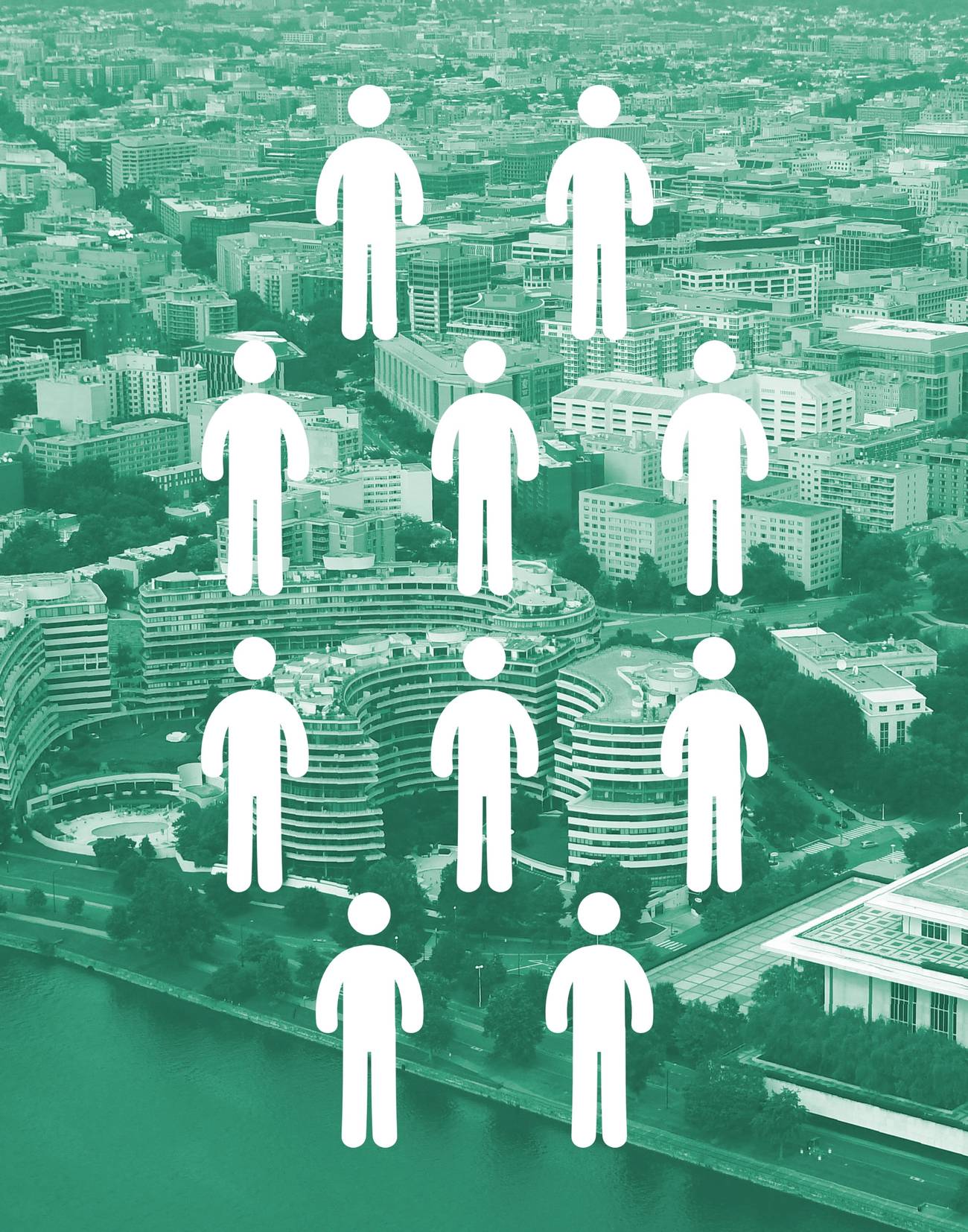Kaddish in the Time of COVID-19
After my father died, my synagogue struggled to fulfill my spiritual needs—and its own mission




On Jan. 26, 2020, the first case of COVID-19 was reported in the United States, and on March 13, most states ordered the shutdown of most “nonessential” activity. Synagogues around the country canceled services for that Shabbat, and closed their doors indefinitely.
My father, a longtime, passionate Jewish communal leader in his beloved Pittsburgh, passed away on June 10, 2020, and I began the 11-month period in which traditional Jews who have lost a parent attend daily services with a minyan to recite the ancient Kaddish prayer. While Dad himself did not observe every religious obligation, community and Kaddish were sacrosanct to him. If they awarded “frequent shiva” points, my parents would be Executive Platinum Members. He instilled in my brother Ken and me that, if someone in the community needs us for a minyan, we go. Dad also kept a list of family yahrzeits, including aunts and uncles for three generations, and made a point to be in shul on those days to recite Kaddish for them.
Ken and I said Kaddish for the first time at Dad’s grave in Pittsburgh. I closed my eyes and recited the words, “Yitgadal V’Yitkadash …” slowly and intensely. I realized, in that moment, that, in a week or so, I would be returning to my work and my life—and that it would be very hard to think about Dad most of the time. While I knew that Kaddish would become part of my daily routine, I decided that for at least those five or six minutes each day that I would say Kaddish for the next year, I would try to make it nonroutine. I would close my eyes, really concentrate deeply, and try to picture Dad during some happy moment over my past 62 years.
Like most shivas during the pandemic, ours—which we held on the outdoor deck of my mother’s apartment building—was sparsely attended; however, we were able to assemble 10-15 men for every minyan.
I spent the final two days of shiva back in Washington, D.C., where I was serving as assistant secretary for management of the U.S. Department of the Treasury. Like most other shuls around the country, my shul downtown had closed its doors in mid-March, so before returning, I surveyed a dozen or so friends about their willingness to help us make a minyan; my apartment at the Watergate had a large roof terrace. I was truly uplifted when 15 friends volunteered.
On the afternoon in which my shiva ended I returned to work at the Treasury Department, where, among my other duties, I was tasked with protecting the health and safety of our employees, while ensuring that the department could continue to deliver on mission critical activities and services. I was proud that even during the pandemic, I had been able to say Kaddish at all 21 services during the seven days of shiva, but dreading how I would be able to continue in the post-shiva era, with COVID-19 still raging. I decided to try to keep the Mincha-Maariv (afternoon and evening) minyans going on my roof, but what would I do for the morning Shacharit minyan?
I learned that several respected Orthodox rabbis had determined that, during the pandemic, one could say Kaddish via Zoom if there was a full live minyan being held on the Zoom call. A lifesaver for me. Because my job required me to be at the office earlier than the two local Shacharit minyanim ended, for the next 10 months and three weeks, these live Zoom minyanim (held in D.C. and around the globe) would become my go-to Shacharit minyanim.
Mincha and Maariv services continued 11 or 12 strong; the core group of friends quickly dissipated, but was replaced by younger men whom I had seen at shul over the past two years. I was struck by an irony: Synagogues everywhere (and not just Orthodox synagogues) are amazing in their efforts and abilities to arrange minyans for mourners who—by definition—are homebound for seven days after the loss of a close relative. It makes sense: The mourner requires a minyan to say Kaddish, but cannot go to shul, so the shul goes to the mourner, at home. It was disappointing to me—actually, I was kind of hurt—that it never occurred to good men, and a good shul (not sure it would have occurred to me), that, during the pandemic, the same mourners who needed to say Kaddish for close relatives after their shivas also could not go to shul (since there was no shul), and left the mourners to fend for themselves. In fact, even as we were holding our own outdoor minyan on my roof, the shul refused to do anything to promote or encourage—or even to inform—members about it.
The Watergate rooftop minyanim continued for another three weeks, but began to dwindle and ended in mid-July, shortly after my shloshim.
On June 22, D.C. moved into phase 2 of its coronavirus recovery plan; under phase 2, a host of activities resumed, including the opening of houses of worship. Our shul did not hold its first minyan until mid-July, and did not begin a full minyan schedule until August. Like most shuls, ours appointed a COVID Task Force (composed primarily of doctors) to determine and implement its policies for the pandemic. The task force adopted a series of widely accepted protocols to provide a safe environment: open windows, masks, social distancing, and abbreviated services.
Minyanim at the shul from July until Sukkot were sparse (10-12 men, usually one or two women) but fairly steady. Rosh Hashanah and Yom Kippur drew almost 200 attendees at three locations, including one that was outdoors. I was encouraged that there was a larger pool of potential participants for our daily minyanim. But this was not to be the case. As the health situation ebbed and flowed, our shul’s restrictions were always more restrictive than the public health experts’, making it even more difficult for the shul to hold a consistent minyan. Not only did the task force make it harder for members to attend, the shul did little to inform the congregation of the difficulty we were having to get a nightly minyan for which at least two Kaddish-reciting members were dependent. A relatively small number of volunteers, who might have agreed to come to one minyan a week had they been made aware of the difficulty we were having, could have made all the difference. The rabbi tried diligently every day to assemble at least 10 men; we squeaked by with a minyan most evenings, but failed to have a minyan about one-third of the time.
In November, I suggested that we hold the shul’s evening minyanim outdoors; a month or so later, we began this practice and continued it through the winter. I hoped that the shul would “promote” this innovation beyond a mention in its weekly bulletin but, alas, it did not. That said, in addition to the High Holidays, over 100 congregants attended both the Megillah reading on Purim and a picnic on Yom Ha’Atzmaut, and many members showed up a few times for their yahrzeits. While seeing so many congregants back together again was uplifting, and respecting the fact that everyone had their own personal fears, sensitivities and approaches to COVID-19, the seeming communal indifference as to whether or not we had a regular minyan for those who needed to say Kaddish saddened me.
I finished my 11 months of Kaddish on April 26, and marked the first yahrzeit on May 29. I did not nearly have a perfect record, but I am pretty sure that, under the circumstances, Dad would have been satisfied. In addition to saying Kaddish for Dad, I inherited his “Kaddish list,” so I will also continue to carry his torch (or, at least, his yahrzeit candle) for these ancestors.
In addition to what seemed like communal apathy, as the year went on, it occurred to me that the problem with decision-making at our shul—and, I understand, many others—during the pandemic was similar to a problem I feel has become endemic to Orthodoxy in the past 50 years. For 2,000 years, Halacha was promulgated by communal rabbis—great rabbis who had responsibilities for communities of Jews. In my lifetime, these were men like Rav Moshe Feinstein, Rabbi Joseph B. Soloveitchik, and the Lubavitcher Rebbe—giants of Torah, but rabbis who also had to see and feel on a daily basis the impact their decisions had on their people. In the past 50 years, Halacha has largely been promulgated by roshei yeshiva (heads of yeshivas)—great scholars for sure, but not men with accountability to communities who would bear the consequences of their decisions. It turns out that at my shul, and many others, the “Halacha of COVID” was being made by doctors (well-meaning, I am sure), only one of whom ever came to minyan, and none of whom had to face firsthand the consequences (in many cases, the pain) that their decisions were causing others. After the pandemic, they might take satisfaction in having “kept COVID out of the shul.” Unfortunately, they also (often) kept the minyan out of the shul.
My charge from Secretary Steven Mnuchin at the beginning of the pandemic had been: “The following are our core missions … We must achieve them, while protecting our employees as much as we possibly can.” I am proud to say we succeeded at both.
Might the result at many shuls have been different if the charge to COVID committees had similarly been: “We are a synagogue. Our core mission is to provide a minyan (especially if we have mourners). We must do everything we can to maintain a minyan, while minimizing the risk of spread of COVID in our shul.” Might the result have been different if the shul had composed the COVID committee of members who attended minyan regularly—or at all?
The most fundamental value in Judaism is the obligation to protect human life. No ritual obligation takes precedence. Thus, the pandemic presented a major challenge to synagogues. Local health authorities in most states greatly restricted the size of assemblies of worshippers. As restrictions were relieved, synagogue leaders were charged with the difficult task of balancing the obligation to preserve life with the spiritual, communal and other human needs of their congregations.
I believe that many Jewish communities largely failed at this balance. Most non-Orthodox synagogues largely ceased to be communities; they closed their doors last March, and have still not reopened. They have become exclusively Zoom groups. Many ultra-Orthodox communities, while dedicated to supporting their members’ spiritual needs, ignored local health mandates and operated openly and recklessly; in the process, many thousands of their members got sick and died. Many other Orthodox synagogues, like mine, which teemed with energy and overflowing pews before the pandemic, even though technically reopened, became shadows of their former selves.
I pray that we never have another pandemic, or any other event that disrupts Jewish life—let alone American life—as COVID-19 has. Moreover, I hope, with the experience of the past year, that Jewish communities have learned lessons from this experience that, next time, will allow us to better balance health concerns with spiritual and other human needs.
New York businessman David Eisner served in the Treasury Department as Assistant Secretary for Management from 2018-2021. He has also served as board president of several Jewish organizations.